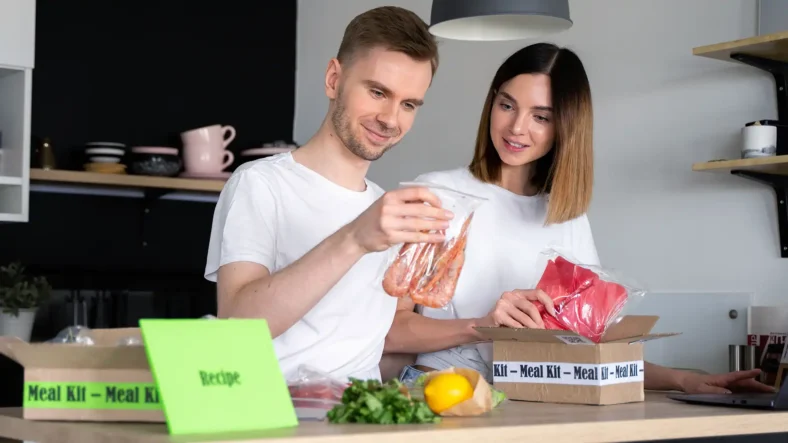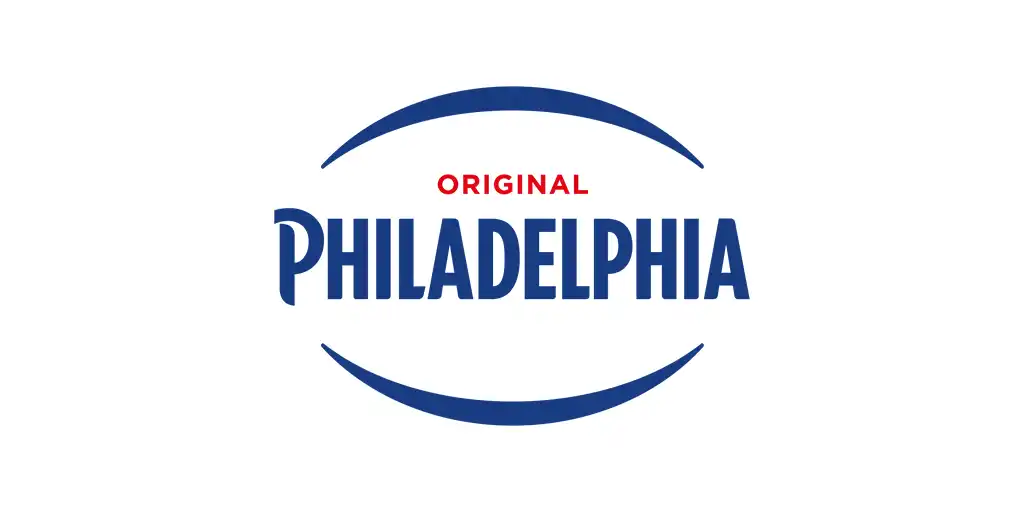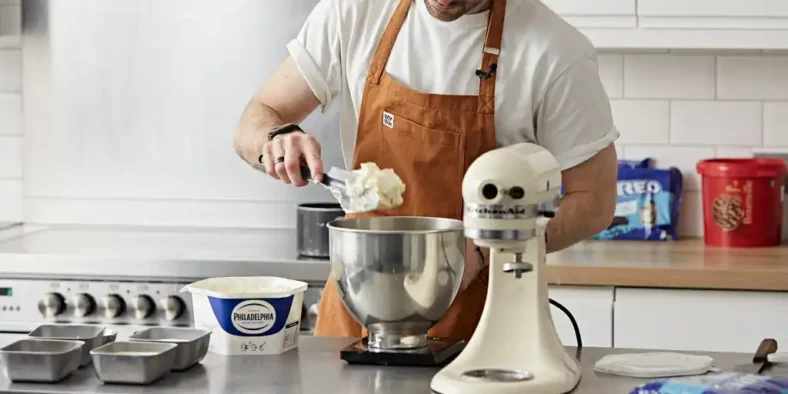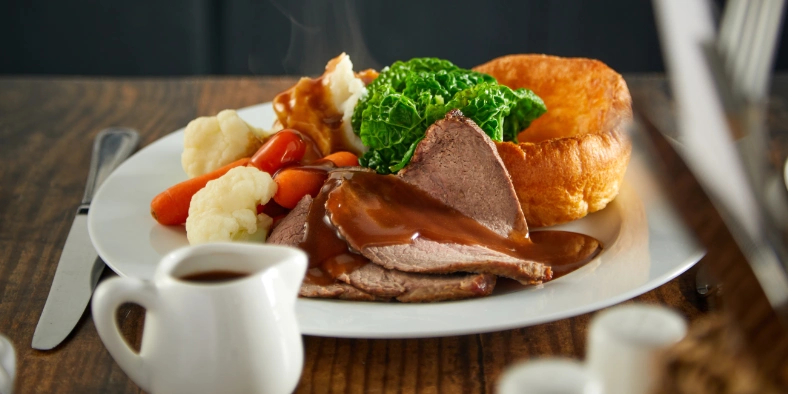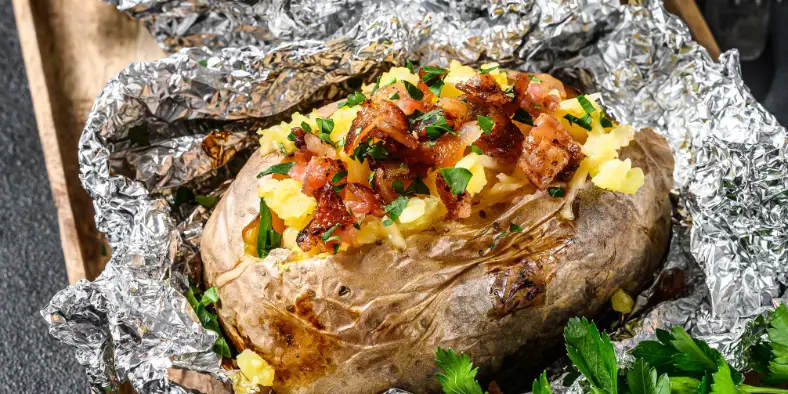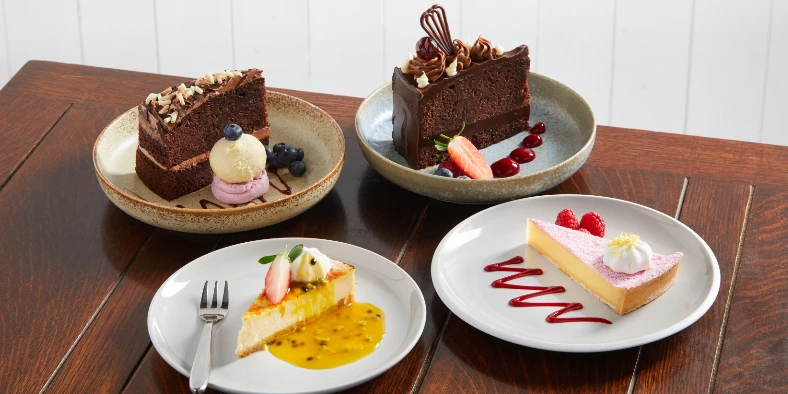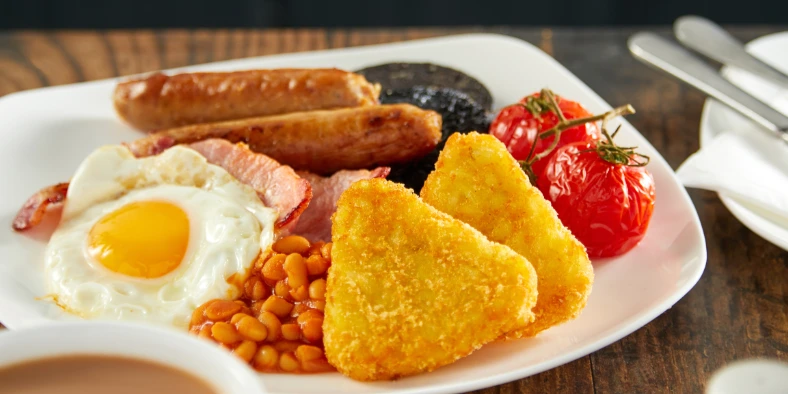The hospitality industry has faced some of its toughest years in recent times. From rising food costs and higher wages to shifts in customer habits and dining expectations, restaurants have had to adapt quickly to stay afloat.
To survive and thrive, many chefs have looked beyond the traditional restaurant model. Takeaways have become a reliable part of the mix, but a new opportunity is growing rapidly: meal kits by mail order.
The Rise of the Meal Kit Market in the UK
During lockdown, many food businesses turned to takeaways to keep trading. But unlike takeaways, which are limited by geography, meal kits can be sent anywhere in the UK, opening up a much larger customer base.
According to Statista, the UK meal kit market is expected to reach £1.5 billion this year, fuelled by the demand for restaurant-quality meals at home.
A Mintel report also found that more flexible working patterns mean people have time to cook, with many preferring kits that involve fresh ingredients and some preparation.
Consumer Edge reports that eating habits have shifted due to smartphone apps, convenience, and advanced delivery networks.
Since 2018, the UK meal kit sector has grown almost fourfold, particularly in major cities such as London.
If you’re a chef looking to expand your reach, increase income, and keep your brand visible, meal kits could be a smart move.
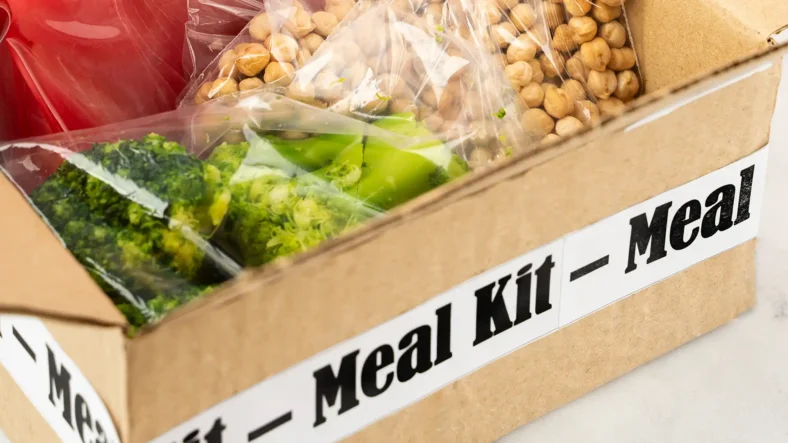
Why Meal Kits Work for Restaurants
1. Nationwide Reach
Takeaways are limited by delivery radius, but meal kits can be shipped anywhere.
Customers who’ve dined at your restaurant once can now enjoy your dishes from home, wherever they live.
2. Meeting Modern Lifestyles
With the cost of living still high, many people are eating at home more often but still want a treat.
Meal kits provide an affordable alternative to dining out, offering restaurant-quality food and an enjoyable cooking experience.
3. Multiple Revenue Streams
Meal kits can be sold as subscriptions, one-off purchases, or gifts.
Some customers might order weekly, while others buy them as thoughtful presents for friends or family.
4. Building Brand Loyalty
Even when customers aren’t dining in, your meal kits keep your brand in their kitchens.
It’s a simple way to maintain engagement and encourage future visits.
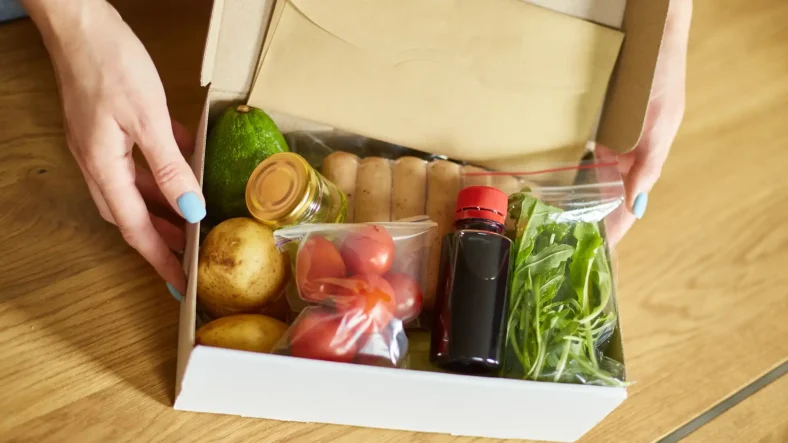
Examples of UK Restaurants Succeeding with Meal Kits
Dishoom – Bacon Naan Kits (£25 for two)
Includes:
- Fresh naan dough
- Smoked streaky bacon from Ginger Pig
- Creamy tomato chutney and chilli jam
Why it works: It’s a signature dish that travels well and needs minimal cooking. Partnering with a premium supplier adds perceived value.
Simon Rogan (L’Enclume) – BBQ Box (£60 for four burgers)
Includes:
- Dry-aged beef burgers and brisket
- Milk bread buns
- Sauces, pickles, and seasonal sides
Why it works: It’s a premium option for special occasions, showcasing Rogan’s farm-to-table ethos. Many ingredients come directly from his farm.
Pizza Pilgrims – Pizza Kits (From £20 for two)
Includes:
- Fresh dough balls
- San Marzano tomato sauce
- Fior di latte mozzarella and toppings
Why it works: Pizza is universally popular, and these kits make it simple to recreate the restaurant experience at home.
Café Murano – Pasta Kits (£35 for two)
Includes:
- A monthly menu of Café Murano classics
- Instructions to finish dishes at home
- Deliveries managed via Dispatch
Why it works: Seasonal menus keep things interesting, and customers enjoy the hands-on element of finishing the dishes.
Arabica – Shawarma & Falafel Kits (From £30 for two)
Includes:
- Marinated meats or falafel mix
- Fresh flatbreads, sauces, and pickles
Why it works: It offers something unique with authentic Middle Eastern flavours, plus smaller gift options such as Turkish delight and baklava.
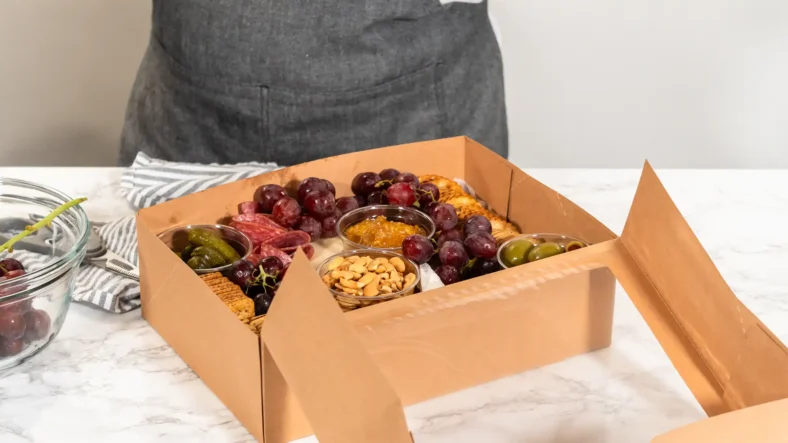
How to Create Your Own Meal Kits
1. Choose Dishes That Travel Well
Avoid items that lose quality in transit.
Good options include:
- Pasta and sauces (packed separately)
- Flatbreads and curries
- DIY burger kits
- Dessert mixes like brownies or cookies
- Charcuterie or picnic boxes
2. Packaging and Delivery
- Use insulated boxes with ice packs for chilled products (DPD and others offer this).
- Seal sauces securely to prevent leaks.
- Include clear cooking instructions and safety information, especially for raw meat or seafood.
3. Pricing and Marketing Tips
- Offer introductory discounts (e.g. “First kit for £20”).
- Promote kits as gifts for birthdays and holidays.
Share unboxing and cooking videos on social media to attract new customers.
The Future Is Diversification
Meal kits are more than a passing trend—they’re becoming a permanent part of how people enjoy food. For chefs, they offer a way to grow reach, increase revenue, and strengthen brand loyalty beyond the restaurant setting.
So, if you’re thinking about your next step, ask yourself: what would your signature dish in a box look like?

